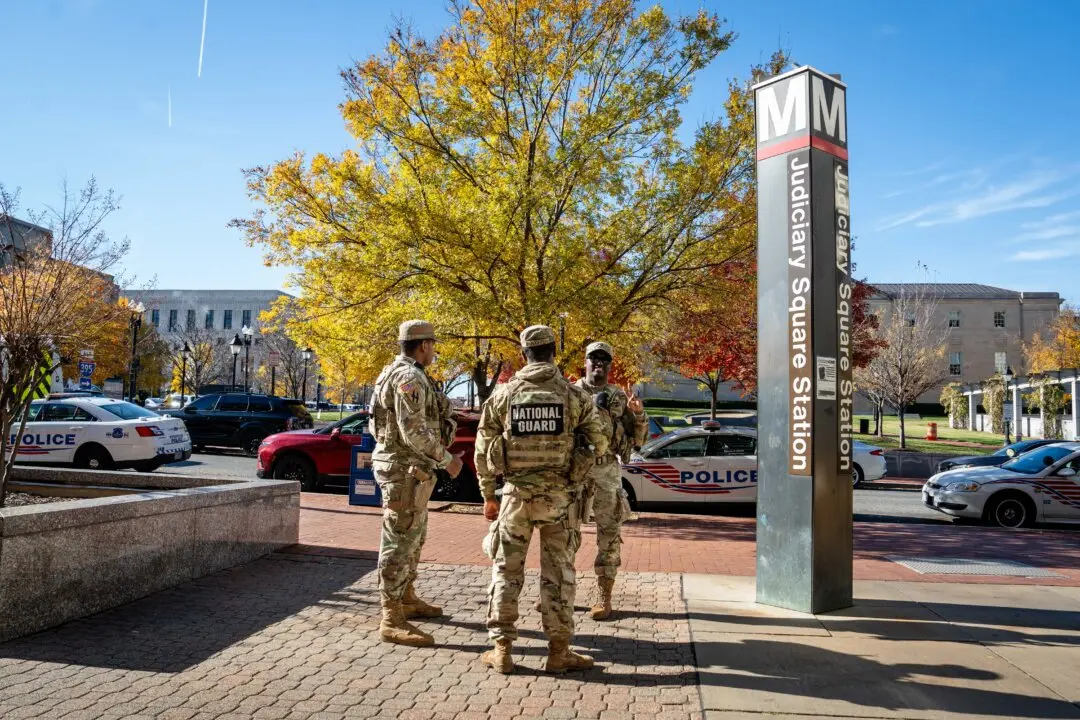An appeals court misinterpreted an international child abduction treaty in a custody dispute by ordering that a child with dual citizenship in the United States and Italy who had been living in Italy should be returned to that country for the courts there to decide custody, the Supreme Court was told on March 23.
The case is Golan v. Saada, court file 20-1034. It involves the Hague Convention on the Civil Aspects of International Child Abduction, a 1980 treaty regarding international child abductions that take place during domestic disputes. It provides that children wrongfully removed from the country where they reside have to be sent back to that country so that custody disputes may be adjudicated there.





